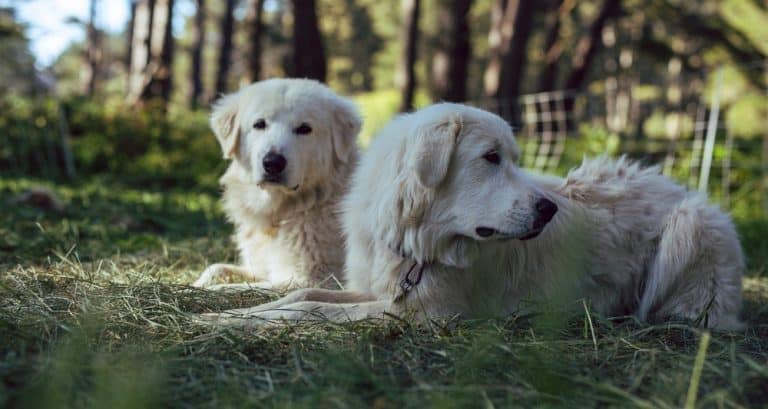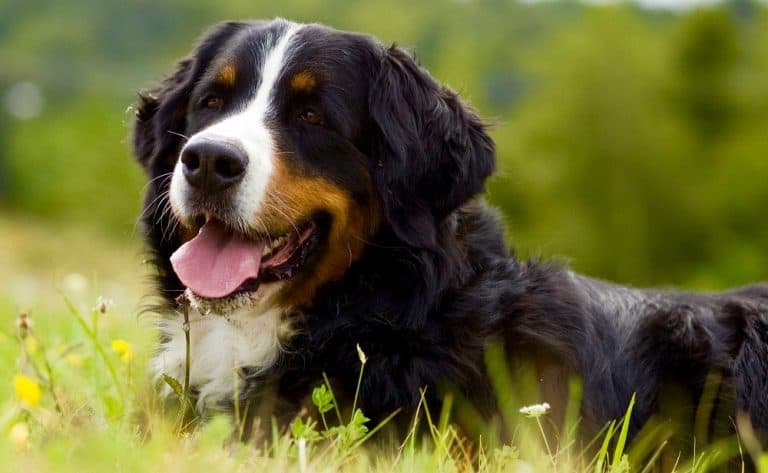Do Corgis Shed – Corgi Shedding
If you are thinking of owning a corgi, you have made the right decision. Even though corgis are small dogs, they are charming, loving, and adorable. However, if you or any member of your family is allergic to dogs, the corgi may not be suitable for you.
Do corgis shed then? The answer is yes! Corgis shed a lot and the frequency increases when the weather changes, for example, autumn and spring. Both the Pembroke Welsh and Cardigan Corgis are prone to shedding because of their double coats.
Not all corgis are similar, some shed more while others shed less but all corgis shed a lot. This article will give you information about corgi shedding, reasons for shedding, how you can manage the shedding, and many more.
Do Corgis Shed a Lot?
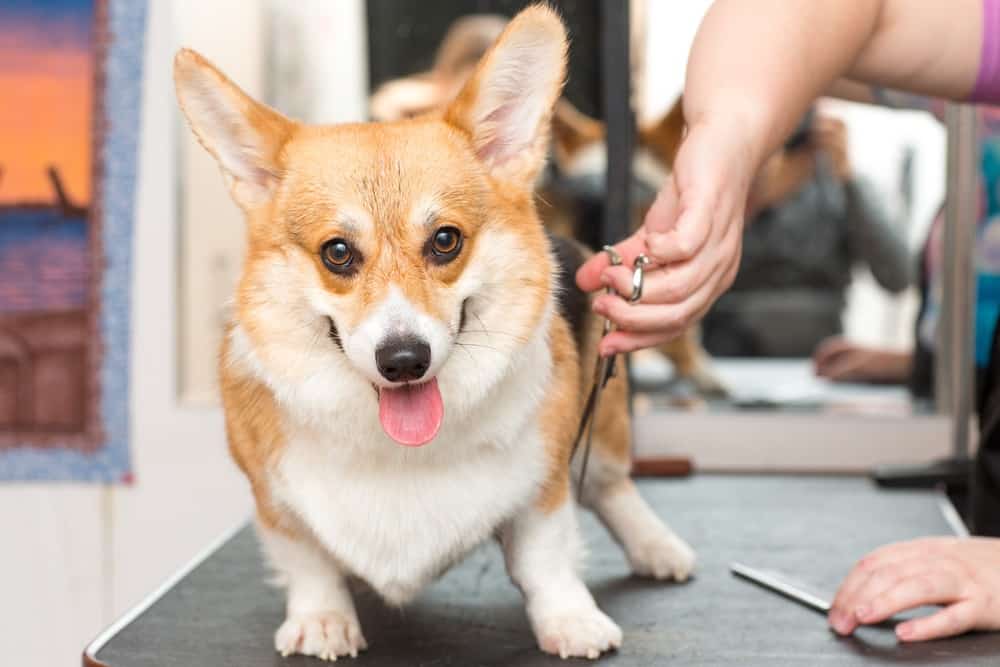
So, now you have brought your new pup home and asking yourself do corgis shed a lot? Both Cardigan and Pembroke Welsh corgi shed heavily. Corgis shed throughout the year but shed more at certain times of the year especially during spring. Naturally, corgi coats grow out more in the cold months to keep them warm.
Since corgis have double coats, they need a lot of care and you should learn to brush them correctly. If you do not, their fur will look dirty, unhealthy, and matted. The fur will also be all over your home and can cause a foul smell.
If you learn how to correctly groom your corgi and manage their shedding, you will have a cleaner, hygienic home and save yourself a lot of time.
Corgi Shedding Frequency
Corgis shed all year round, and they shed their coats in some ways every day. Their shedding frequency increases during the spring and autumn. This is the same for all breeds with double coats.
Since the coats for most corgis are medium in length, they have less visible hair than Border Collie, who has a longer coat. However, if your corgi comes with a longer coat, you need to consider grooming them weekly.
If you do not stay at home often, the corgi is not the best for you because of their daily shedding and need for grooming and attention.
The Main Reasons Corgis Shed
Corgi shedding is a natural process for hair regeneration and growth. However, there are instances where your puppy is excessively shedding, and you should be concerned. The following are the main reasons corgis shed:
Poor Nutrition
A poor diet is a major reason for the excessive shedding of your corgi. Dog’s coat and skin can be extremely sensitive to deficiencies in essential nutrients: therefore, you should carefully choose a balanced and high-quality dog food containing a balance of essential fatty acids and protein.
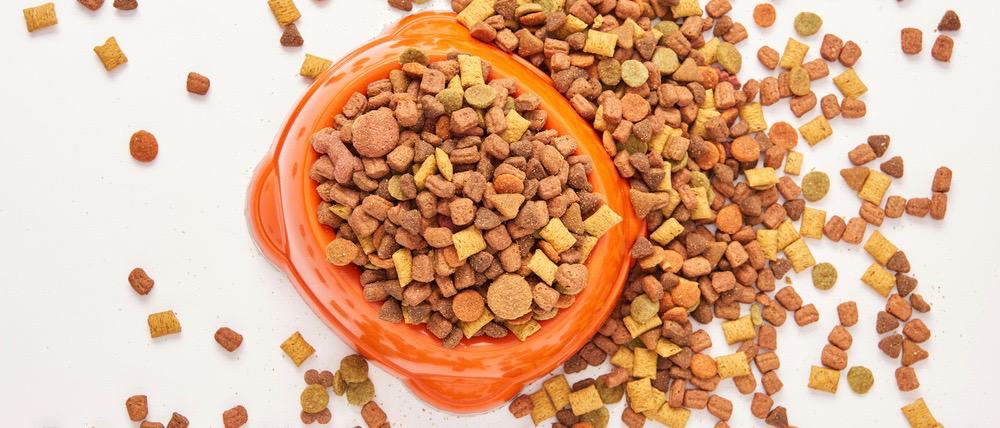
Allergies
Skin allergies can cause your corgi’s coat to be flaky, dry, and itchy, leading to excessive shedding. It may be difficult to know the source of allergies as they can be food-based or environmental.
The symptoms that show your corgi is allergic include sneezing, red and watery eyes, itchy and red skin, constant scratching, inflamed ears, and patches of fur missing.
Stress, Sickness, and Pain
Although dogs are great at hiding pain, it can show itself in other ways. Excessive shedding, drooling, and panting could be signs that they are uncomfortable. Finding and removing the source of stress can make them comfortable again.
The different events that might be causing the stress include lots of stimulation, noisy surroundings, and separation anxiety.
Hormonal Changes
Since hormones are responsible for making hair follicles stronger, any imbalance can result in excessive shedding. Hormonal imbalance can happen if your corgi is pregnant, is going into heat, or has been recently spayed or neutered.
How To Manage Your Corgi Shedding
Brushing
Since corgis have double coats, the underneath coat is the one responsible for most of the shedding in your house. Therefore, loosening the hidden hair deep with the coat will help with shedding.
When it comes to excessive dog hair around your house, consistently brushing your corgi will bring a great difference. Ensure that you find the right type of deshedding brush and brush your corgi at least thrice a week.
During the months where heavy shedding occurs, it is recommended that you brush your puppy every day. You can use a pin-style brush or a bristle brush for daily brushing. Put more attention to the spots where heavy shedding happens, that is the neck, chest, butt, and back legs.
Your corgi will be leaving some hair around your home, on your clothes, and the floors if you brush them less than three times a week.
Shampoo and Bathing
Most corgis do not have sensitive skin, however, choose a natural dog shampoo to bathe your puppy to avoid irritating their skin in case there are harsh chemicals in the shampoo.
If your corgi shed a lot, use an anti-shed dog shampoo and a deshedding treatment, which you can leave for 5 to 10 minutes before rinsing.
You must follow the bathing guidelines given by the manufacturer so that you do not over-bathe your puppy. This is because over bathing can cause additional shedding and skin irritation.
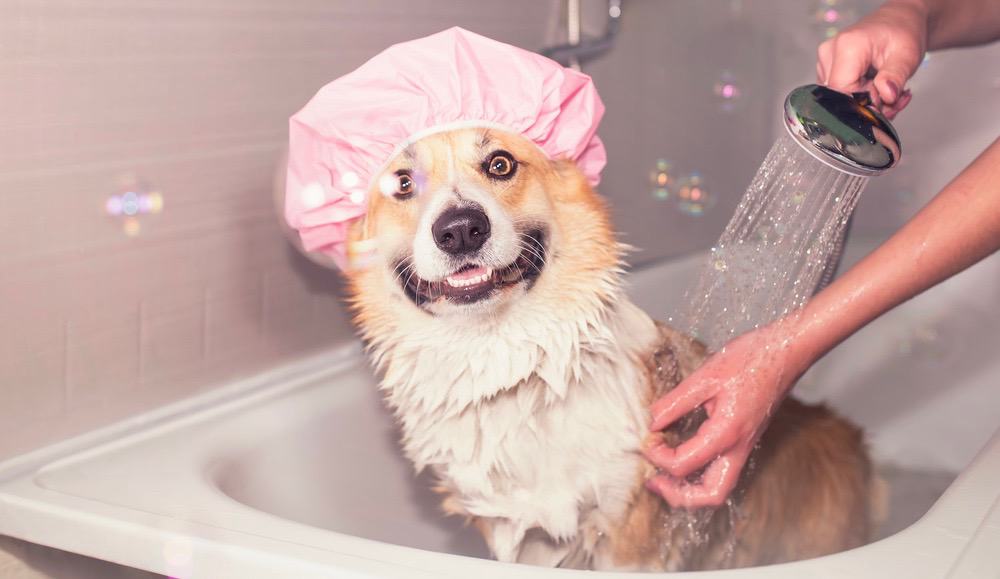
If the skin issues become painful, you may end up visiting the vet. It is recommended that you bathe your corgi once a month. Bathing helps with removing dead and loose hair as well as keep your corgi’s coat smelling great.
Tip: blow any loose hair using a high-velocity dryer. Or brush your corgi when they are still slightly damp using an undercoat rake to remove any loose hair.
Diet
Most corgi owners overlook the nutrition of their puppies. Ensure that your corgi is eating a nutrient-dense food rich in omega fatty acids. Your corgi’s food should be an investment if you want to keep them flourishing.
Your corgi will stay healthy and strong if their dry kibble has the necessary nutrients and vitamins. Dry kibble that is high in omega fatty acids makes their skin soft and coats smooth, making grooming and brushing easier in the long run.
Budgeting is important especially when owning a corgi, however, you should save in other areas so that your puppy can have better nutrition for their coat.
Supplements
When it comes to the health of a corgi’s coat, chewable is the best. There are a lot of chewable supplements available in the market specifically designed for coat and skin health. You can also use them as a reward during training.
You can buy a liquid form supplement if your corgi is picky in terms of food and mix it to their dry kibble. Omega 3 and fish oil supplements are the best when it comes to maintaining a healthy coat for your corgi.
However, before adding supplements to your puppy’s food, consult with your vet for advice.
Corgi Coats
Both Cardigan and Welsh Pembroke Corgis have medium-length coats but based on their genetics the coats can be slightly longer. As stated earlier, corgis have double coats, that is the dense, softer layer underneath and a coarse, thicker top layer of fur.
Generally, dogs with double coats shed more. Since corgis shed throughout the year, you need to consider the color of the coats when selecting one. The Cardigan corgi can carry a blue merle coat and a brindle coat, but the Welsh Pembroke will not, this is the main difference between the two.
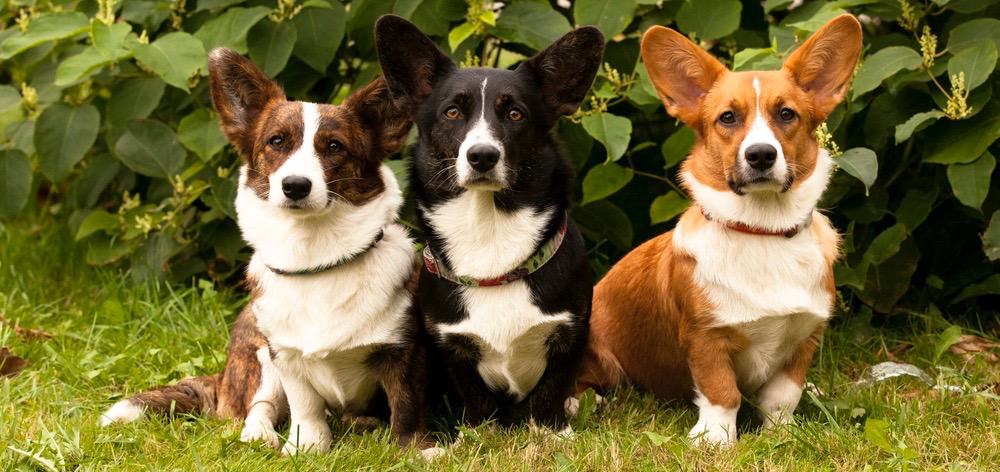
When it comes to shedding, the color of the coat matters. Shedding will be less visible if the coat color is like your furniture and floors.
What Is The Difference Between Shedding And Fur Loss?
Shedding is a normal process for most dogs, and it involves the falling out of dead hair to give room for new hair growth. This happens all year round but mostly during the spring where dogs get ready for the summer by shedding their winter coats.
However, alopecia or fur loss is not a normal process. It happens when the hair is lost at a faster rate than it is replaced, leading to hairless spots and this needs the vet’s attention. It should be easy to tell the difference between serious fur loss and shedding.
Do Spayed Or Neutered Corgis Shed Less?
Neutering is the surgical removal of the male dog’s testicles and is a simple procedure involving an incision on the front side of the scrotum. This makes the dog not father any puppies.
On the other hand, spaying is the surgical removal of the ovaries and uterus of the female dog, done under anesthesia. The process involves an incision in the stomach of the female dog. This means that they cannot get pregnant.
Spayed and neutered corgis tend to have minimal changes in hormones making them shed less.
Do Corgis Puppies Shed More Than Adult Dogs?
At some point, you should expect your corgi puppy to regularly shed. This is when they are shedding their puppy coat. Typically, this happens when they are between the ages of 4 and 7 months.
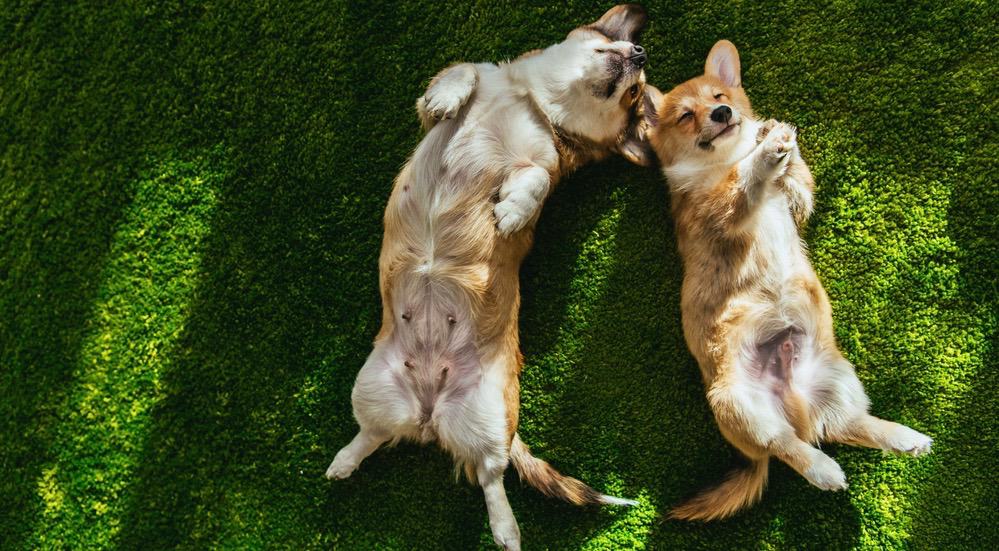
As your corgi grows older, they become bigger hence they will naturally shed more. Note that corgi puppies have only one layer of fur even though they are double-coated dogs. The top layer will appear after they have shed their puppy coat.
With the double-coated fur, expect more shedding as your corgi grows into an adult dog.
Are Corgis Hypoallergenic?
Corgis are not the best dogs for you to get if you are sensitive to dog allergens. People are allergic to dog dander and not dogs.
Every time your corgi sheds, it releases dog dander in the air, and given the high frequency in which corgis shed, there will be a lot of dander in your home.
However, if you are set on a corgi but allergic, there are ways to deal with the allergens. Look for a corgi hybrid, they shed less because they are mixed with other hypoallergenic breeds.
Do Corgis Smell?
Yes. Typically, corgis are smelly dogs. This is because of their double coats. Most corgi owners admit to carrying a dog smell. However, they are not dirty dogs because their coat sheds frequently and can prevent dirt build-up.
Factors that can contribute to the smell of your corgi include how often they get a bath, the environment they live in and the level of exercise they get. If your corgi spends most of their time outdoors playing, chances are they will be smellier.
If you are wondering, both Pembroke and Cardigan Corgi are double-coated and shed all year round, therefore, they are both smelly dogs.
Do Welsh Pembroke Corgis Shed More Than Cardigan Corgis?
Both Welsh Pembroke and Cardigan Corgis have double coats, therefore, they shed the same. Both corgis shed moderately to high amounts throughout the year. And because of their double coats, they shed more during spring and autumn.
A dog with a double coat means that they have an undercoat and an outer coat. Typically, the seasonal shedding happens because they need to prepare for the weather changes. Regular brushing will help reduce shedding and keep your home free from dog fur.
Corgi Shedding FAQs
What Time of The Year Do They Shed the Most?
Corgis shed their coats every day. But as mentioned before, corgis shed more frequently two times in a year than the other times. This is during the spring and autumn months. When corgis shed during these months, it is known as ‘blowing their coats’.
During the spring, corgis shed their winter coats to give room for a new coat to form that will cool them off during the summer. During autumn they shed their summer coat to give way for a winter coat to keep them warmer in the cold months.
How Bad is Corgi Shedding to Deal With?
The truth is corgis are heavy shedders. But for the most part, it is not hard to deal with shedding if you stay on top of things.
If you are overwhelmed and worried about your corgi shedding, be assured that a healthy diet, a brushing and grooming routine as well as a high-quality do shampoo, will manage the shedding and keep your home clean.
However, if you are worried that your corgi is excessively shedding, visit the vet as there could be an underlying medical condition causing it.
How to Brush Your Corgi at Home?
Let your dog lie on his side or stand. Using a slicker brush, start brushing the hair at the back of the hind leg. Brush the hair in the direction of their growth as this helps remove any tangles or debris from the coarse outer coat and the brush can reach the undercoat.
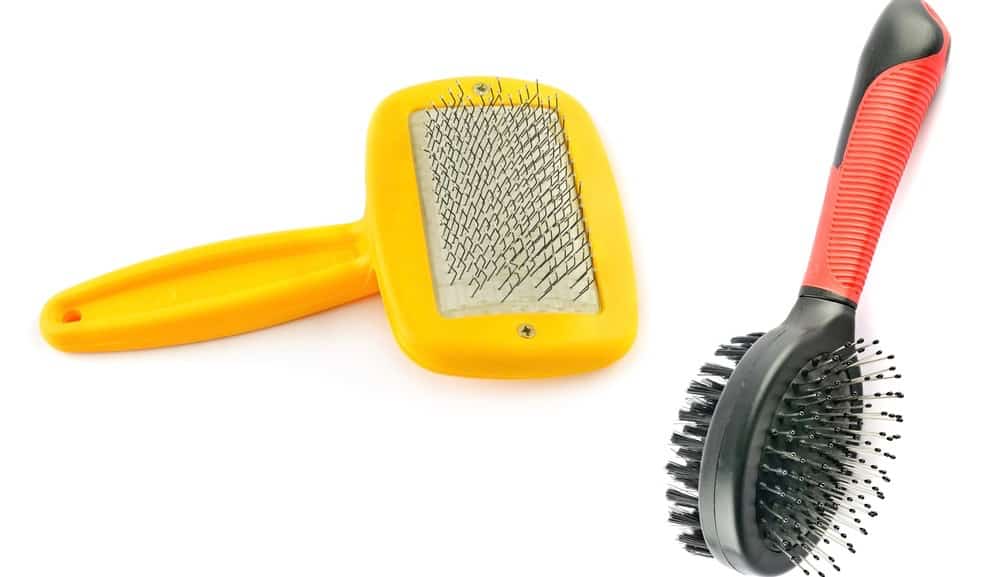
Brush down the hair on each hind then move to brush the long hair on the thighs. Brush the hair in 3-inch sections and use your free hand to separate the hair. Brush his chest and front legs in the same way and finish by brushing his ears and face using the slicker brush.
How to Protect your Furniture from Dog Hair?
It is common for corgis to leave dirt, hair, drool, and odor on your furniture. This mess is temporary, and you can find a way to deal with it. Choosing dog-friendly upholstery will be more forgiving of your corgi’s castoffs.
Leather for example is easy to clean and does not collect hair like other materials.
Another way to protect your furniture is to use washable covers and dog throws. You can also make your dog’s bed indulgent by making it comfortable and soft so that they spend most of their time on the bed.
Final Thoughts
Genetically, corgis are big shedders. Before adopting or buying one you should put that in mind. Therefore, from when they are a puppy, you should get your corgi used to grooming. This will ensure that the experience will become pleasant for them.

